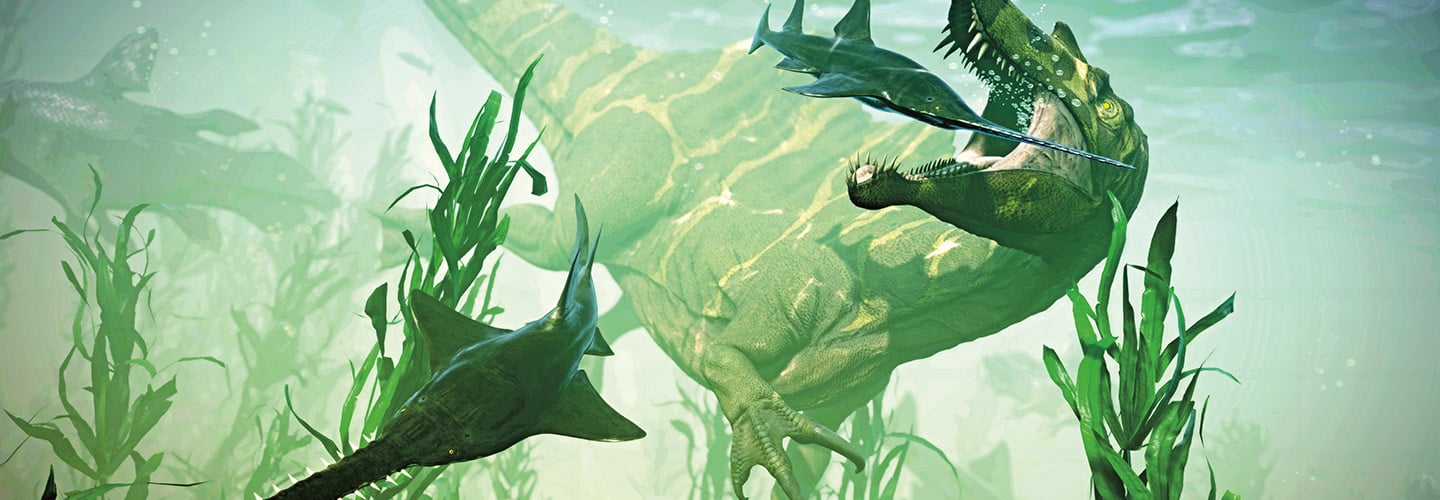Courtesy of Victoria Arbour
Victoria Arbour
It’s been millions of years since dinosaurs stomped, splashed, and soared around Earth. But paleontologists like Victoria Arbour still have many questions about them.
How do these scientists find answers when dinos are long gone? Arbour told Scholastic News that they often compare dinosaur remains to animals today.
Keep reading for three examples of what Arbour means.
It’s been millions of years since dinosaurs stomped, splashed, and soared around Earth. But paleontologists like Victoria Arbour still have many questions about them.
Dinos are long gone. So how do these scientists find answers? Arbour told Scholastic News that they often compare dinosaur remains to animals today.
Keep reading for three examples of what Arbour means.

